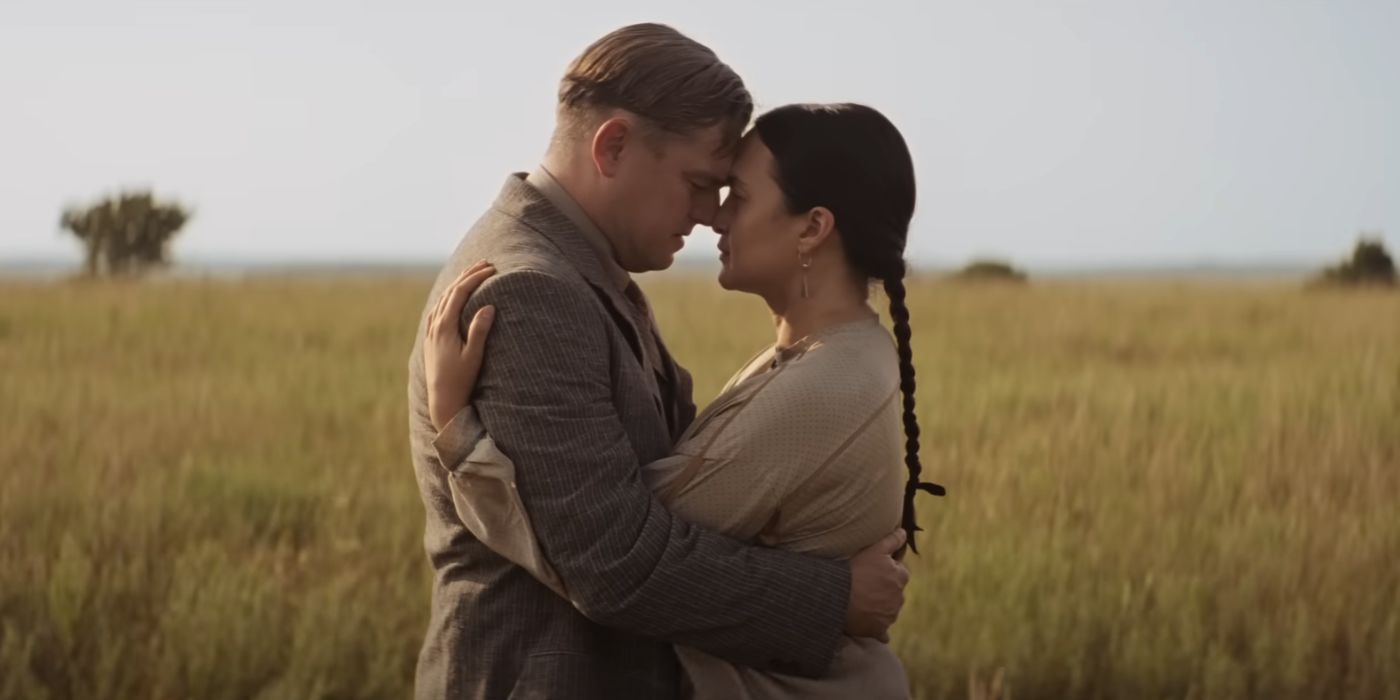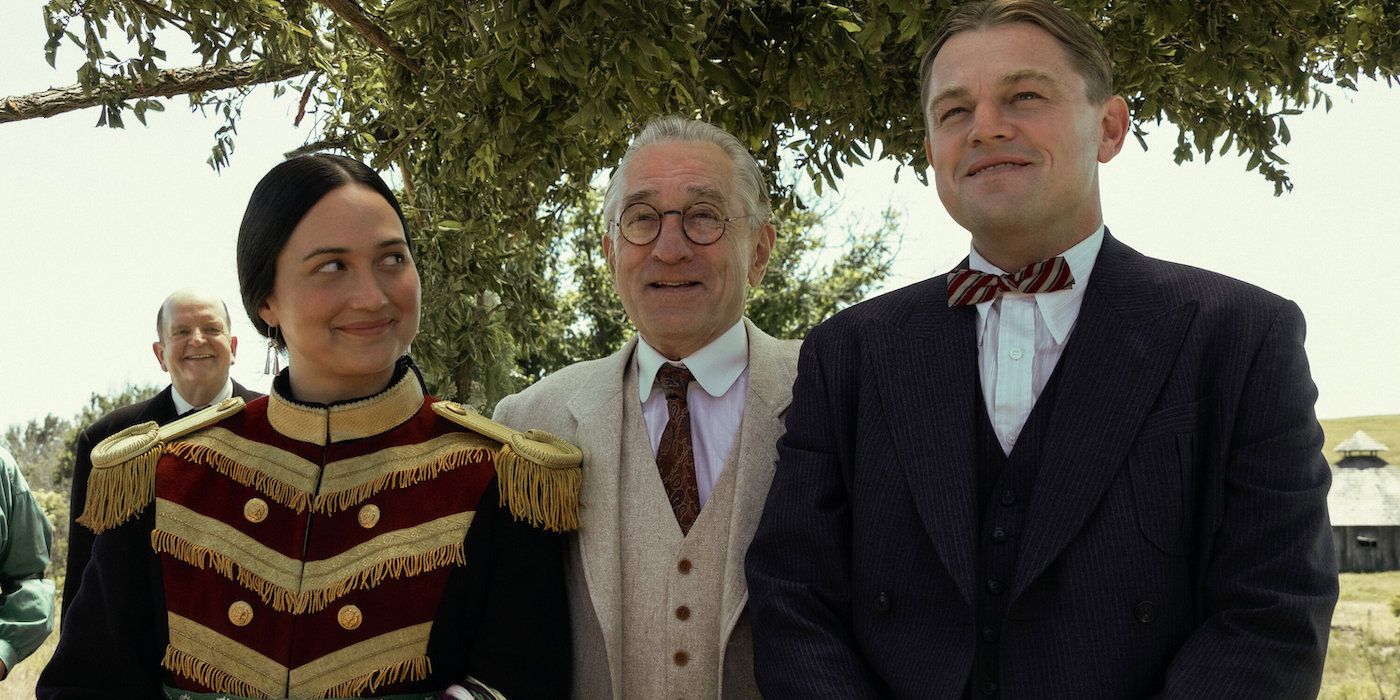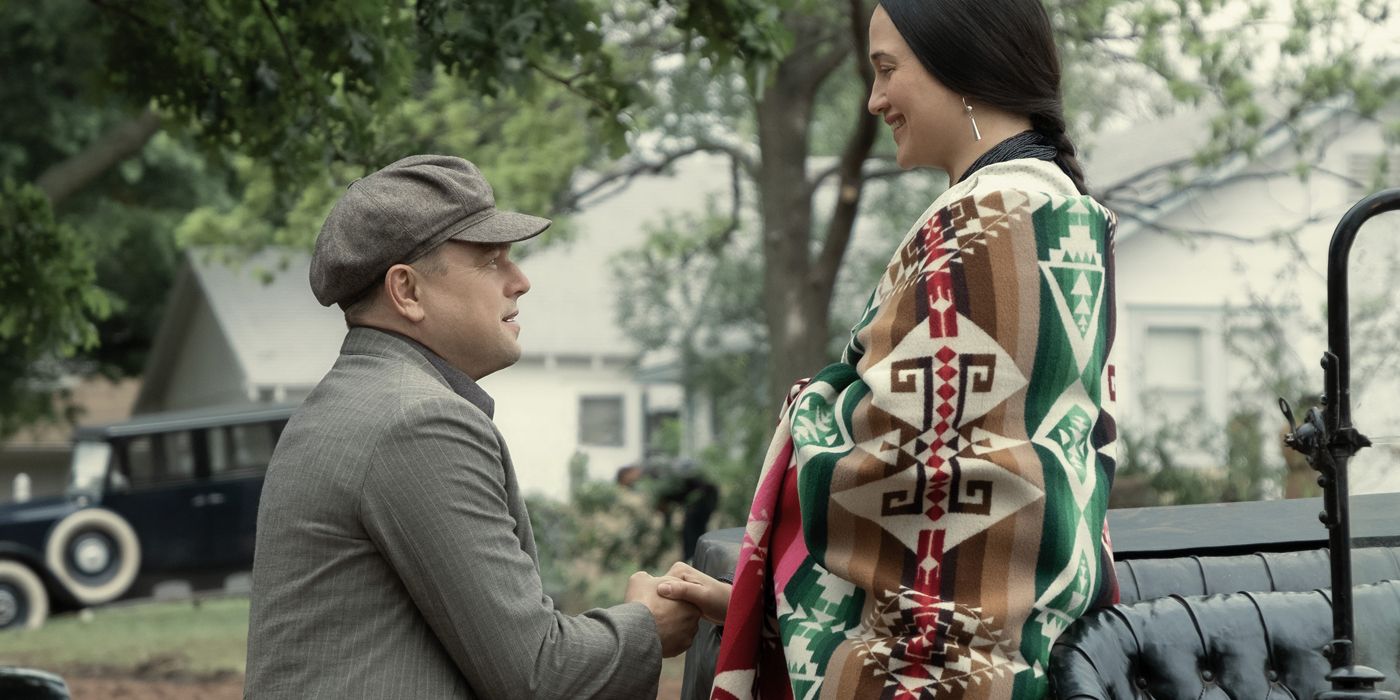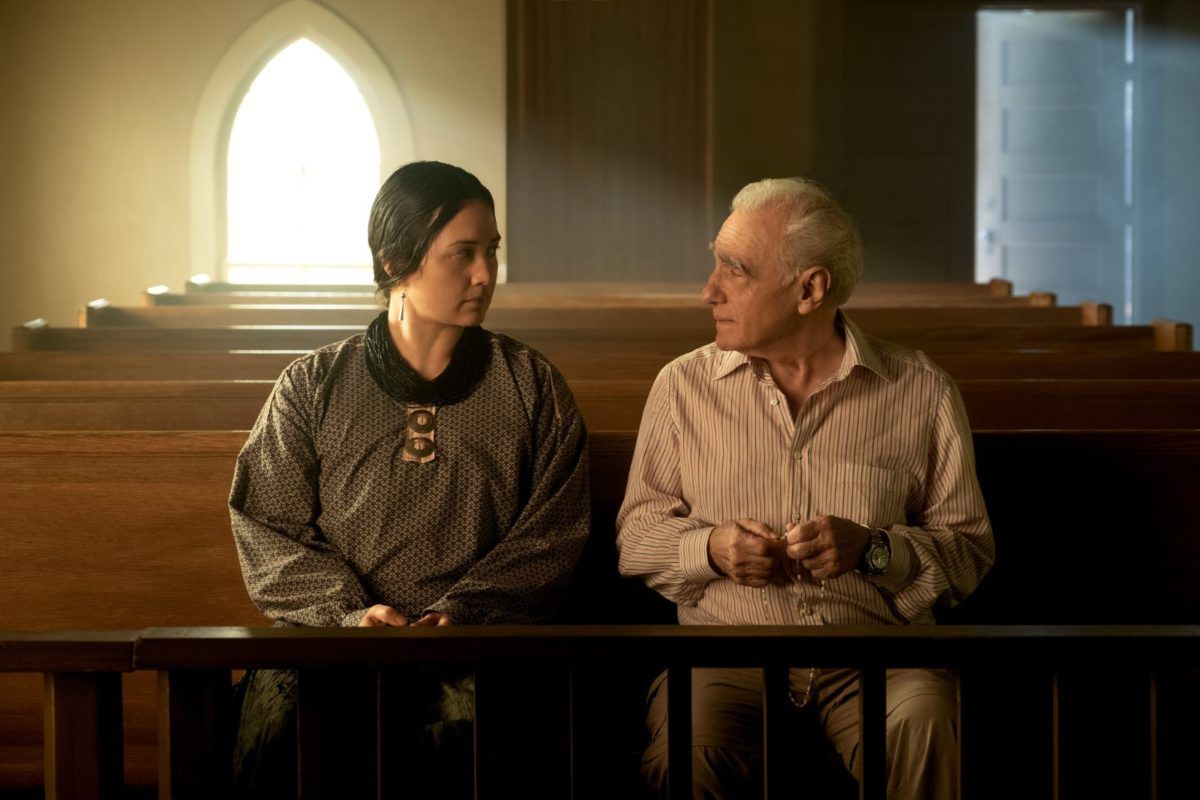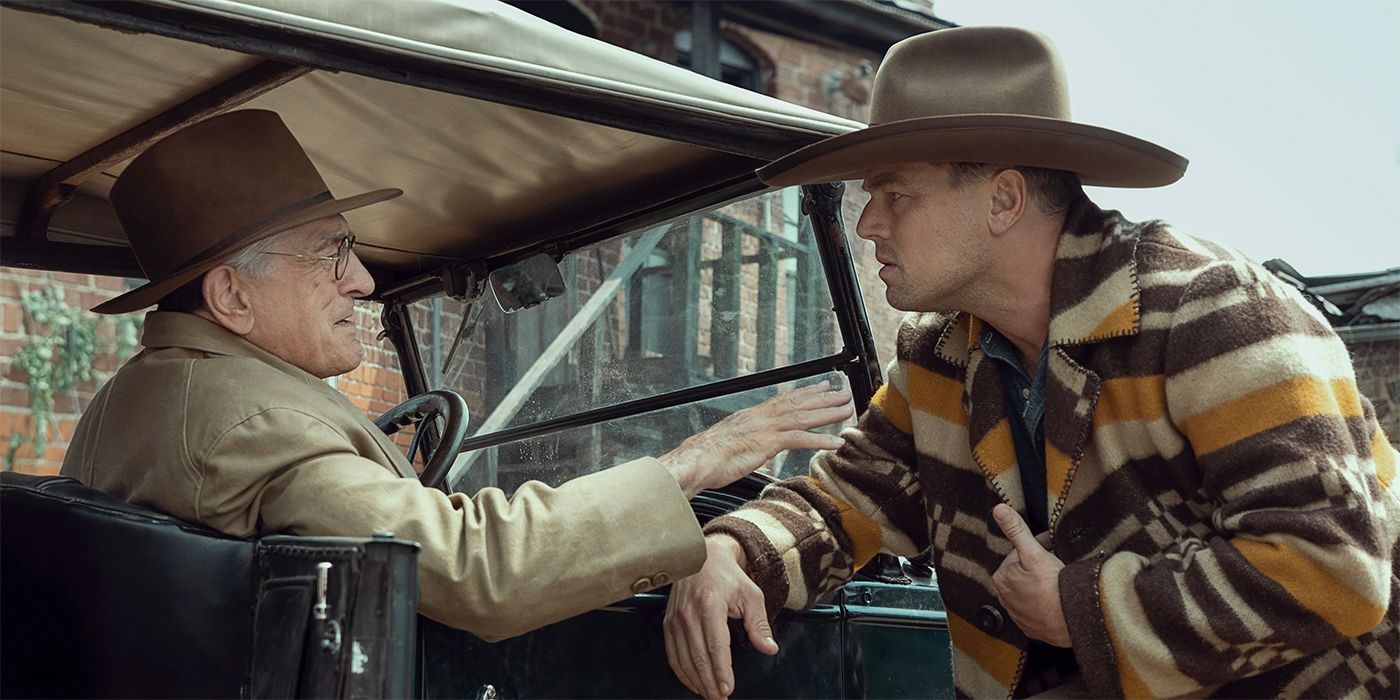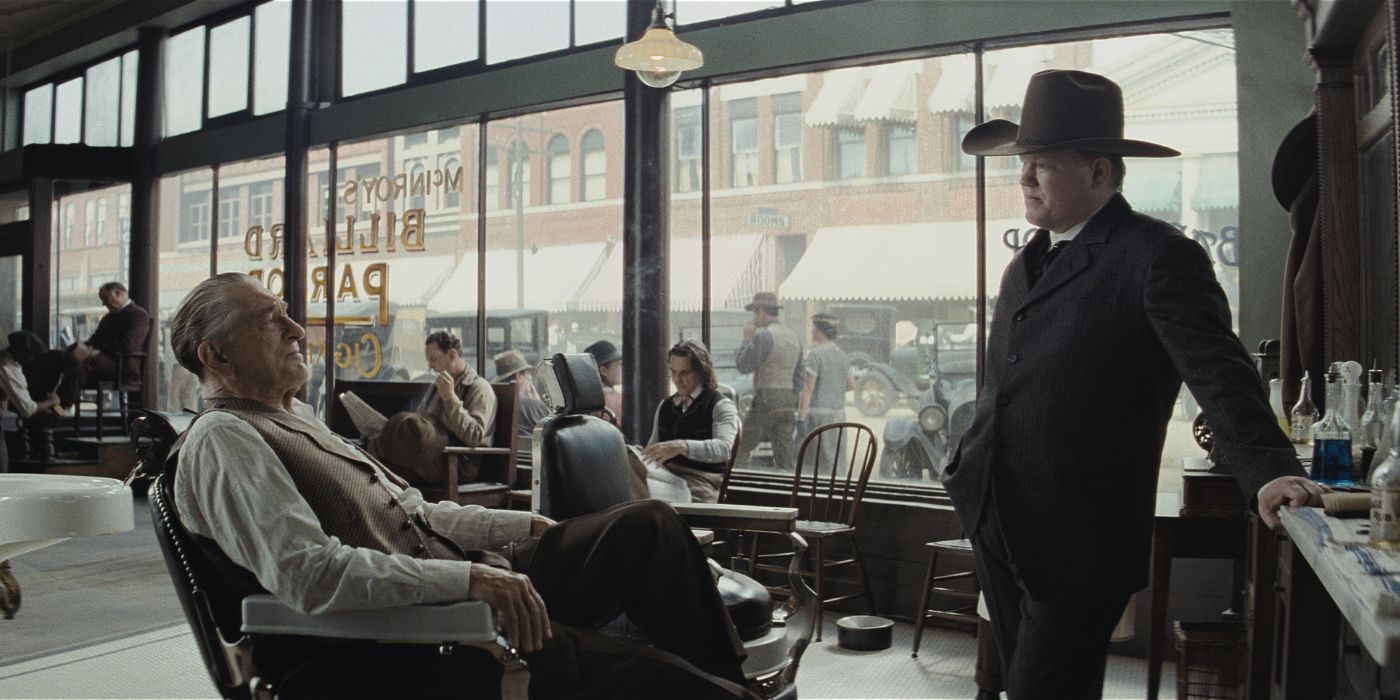This review was originally part of our coverage for the 2023 Cannes Film Festival.
The Big Picture
- Killers of the Flower Moon avoids common stereotypes by showing the story from multiple perspectives, including that of a member of the Osage nation.
- The film's runtime of 206 minutes feels necessary to tell the devastating true story of the murder of Osage people by those seeking their wealth and land.
- While the performances by DiCaprio, De Niro, and Gladstone are solid, the film falls short in providing a comprehensive portrayal of the Osage story.
When it comes to stories about the decimation of the Indigenous people of America, few do the story justice. Many focus on the violence and pain of the victims, turning their suffering into entertainment. Some prefer to focus on the white characters while relegating the Native Americans to supporting characters. On some level, Killers of the Flower Moon avoids a lot of these stereotypes. Director Martin Scorsese is careful in showing the story from multiple perspectives, including from the perspective of Lily Gladstone's Mollie, who is a member of the Osage nation.
'Killers of the Flower Moon' Looks at a Series of Gruesome Murders in 1920s Oklahoma
Killers, based on a non-fiction book by David Grann, tells the devastating true story of the murder of Osage people by people who are intent on taking their wealth and their land through inheritance. The film centers around Ernest Burkhart, played by Leonardo DiCaprio, who has just returned from World War I to his uncle's ranch in Oklahoma. His uncle William "Bill" Hale (Robert De Niro) acts as a sort of "godfather" figure in the town of Fairfax — he literally tells people to call him 'King'. He wields a large amount of power and on the surface seems to be an advocate for the Osage people. He speaks their language, he appears to respect them, and he often talks about how friendly he is with them.
But beneath that jovial and generous facade is a cruel, greedy, and power-hungry man. It doesn't take long for Ernest, and the audience, to put together how involved Bill is in the string of murders plaguing the area. After striking rich with the oil on their land, the Osage nation became populated with some of the richest people in the country. The Osage managed to keep a hold of their land making them wealthy but also targets of men like Bill. It's common practice for white men to marry Osage women and conveniently become their inheritors when their wife turns up dead. There's no investigation and no questions.
Bill has his eye set on a big prize. Mollie Kyle, a daughter set to inherit a large parcel of land and money once her mother dies. He talks Ernest into befriending Mollie, and soon the two hit it off and get married. Ernest, for his part, is somewhat dimwitted. He proudly proclaims that he loves money, but is often conflicted when his uncle makes him do his bidding. It might be easy to say that Ernest, at his core, is a good man. But the film begs the question, just how much blood can you have on your hands and still be absolved of your crimes and be forgiven?
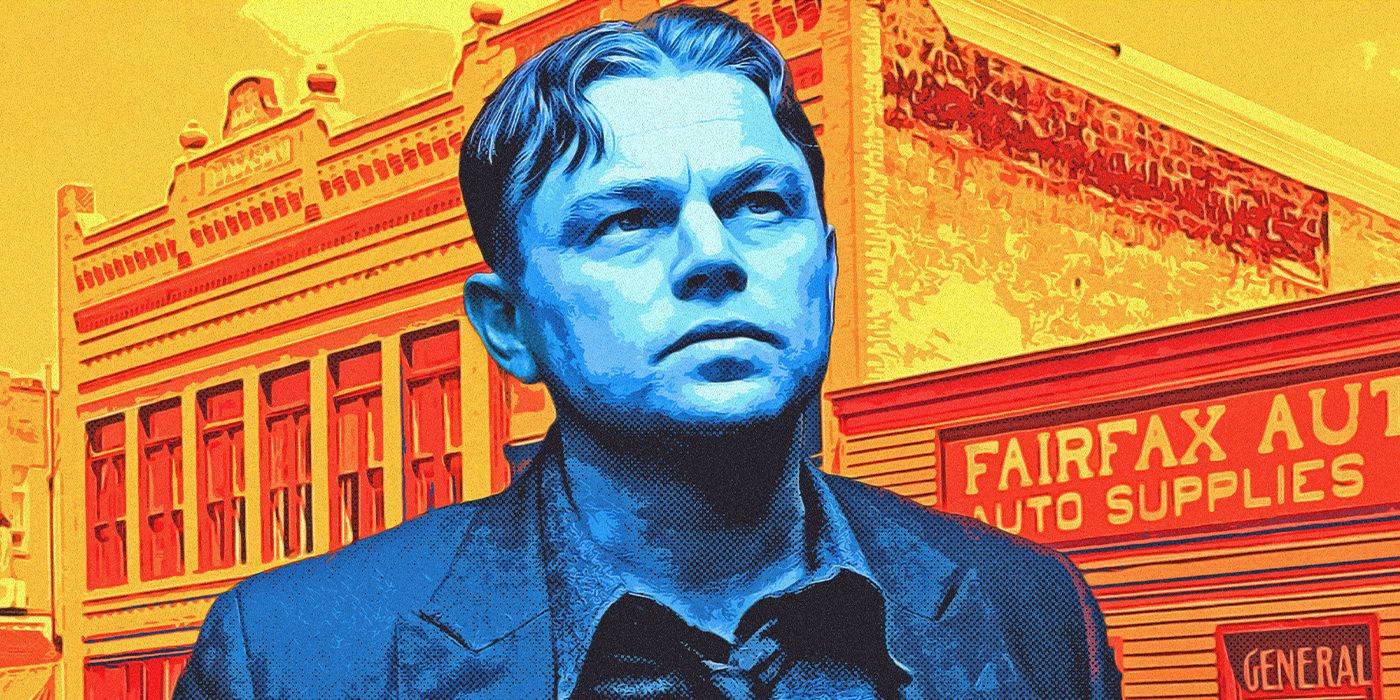
'Killers of the Flower Moon': Release Date, Cast, Trailer, and Everything We Know About Martin Scorsese's Next Film
With his film about the Osage Indian Murders, director Martin Scorsese makes his first Western.'Killers' Runtime Is Almost Justified
The film clocks in at 206 minutes, just three minutes shorter than The Irishman, and Killers of the Flower Moon earns its runtime. It's long, but it feels necessary when telling a story of this magnitude. The pacing of the film changes in the third act, slowing down and often feeling lethargic, when the film introduces new players into the game in the form of Federal agents. It's here that I have some reservations about Killers that mostly stems from the source material. David Grann's original novel certainly glamorizes the FBI and J. Edgar Hoover, a man who history has shown to be a polarizing figure. Yes, the federal government conducted an investigation on these murders, but only after over a dozen deaths, being paid a hefty amount from the Osage nation, and forcing the nation's leaders to travel to Washington D.C. If the film has a hero, it portrays the feds, specifically Jesse Plemons' Tom White as one of its saviors.
In a film that opens with a vignette of a wild and unlawful land full of violence, corruption, and greed, it seems rather one-dimensional to have the government swooping in like heroes. After all, it's only because of that government that Native Americans are relegated to Indian reservations. These governments are formed by the same people who stole their land, colonized their people, and erased their culture. For the most part, the people in town are open about their prejudice against the Indigenous people. Men openly court Native women who suspiciously end up dead a few years later, fueled by their own white rage and manifest destiny mentality. Scorsese isn't shy about showing just how cruel these people are, and how easily they dehumanize Native Americans.
Is Martin Scorsese the Right Person to Direct a Story Like This?
But, I still have to wonder. Is Martin Scorsese the director to tell this story about an attempt at total annihilation? The film centers, like so many before it, around a white protagonist. Ernest is undoubtedly our point-of-view character with Bill acting as his foil. It's hard to sympathize with someone who is content to kill the people closest to his wife in pursuit of money, no matter how conflicted or loving he may appear. It is Ernest's guilt that we are faced with. Mollie, like so many other Native American characters, is written as a woman who must suffer continuously.
I have to wonder how this story would have been written and directed in the hands of a Native American filmmaker. It certainly wouldn't have focused so much of the runtime on Ernest and Bill. The other Indigenous characters beyond Mollie don't have distinct personalities or true development. It's a disappointing aspect of Killers that sticks out after sitting through the full 206 minutes.
The Performances by DiCaprio, De Niro, and Gladstone Are Solid
While I question some decisions Scorsese made with Killers, there's no doubt that this film is a triumph for its leading cast. DiCaprio plays Ernest with the full measure of his weaknesses. The character is inconsistent and frustrating, but DiCaprio certainly is not. He turns a character who should be despicable into one that is almost sympathetic. On the flip side, De Niro's Bill is so perfectly slimy, an avaricious and calculating villain. He embodies the type of person who openly embeds himself into the Osage culture to seem non-threatening, becoming a respected member of their community. He seems the type to say, "I'm not racist, I have so many Osage friends!" De Niro plays him with all the delicious menace that's necessary.
But it's Gladstone's performance as Mollie that really takes the cake. An unflinching woman who is strong-willed and enigmatic, Gladstone makes the most of her character, conveying all the agony and strength that is required of someone who is almost constantly mourning. I often found myself wishing we had much more of her story as opposed to Ernest's or Bill's. Although initially we are following Ernest's story, it quickly becomes obvious that Mollie is who we should be rooting for. Gladstone, who has received numerous accolades and much deserved praise, is able to capture the subtleties of Mollie's expressions, which are never drastic, and each look she delivers conveys feelings louder than any words. Mollie is our beacon of hope as we slowly spiral deeper into the misdeeds and crimes committed on the Osage by characters like Bill. We watch as she becomes impassioned about protecting her people, going to Washington, D.C. even when she is sick, in order to plead for the federal government to finally step in.
Other performances by the likes of Brendan Fraser and John Lithgow appear only briefly as characters with no real development or depth. Still, Fraser and Lithgow both have enough power and presence to command a scene no matter the situation.
'Killers of the Flower Moon' Is Worthy of a Watch For Scorsese Fans, but It Doesn't Tell a Comprehensive Story
Ultimately, Killers of the Flower Moon doesn't break ground. It's not a life-changing film, nor is it Scorsese's crowning achievement. But it is a dedicated study of a horrific time in history and one that tries its best to present a balanced story. To Scorsese's credit, he does not shy away from the injustice of the story. Even in the end, he is right to inform us that even when there is justice, there still is no justice for marginalized groups of people.
In the time since I first watched Scorsese's film at the Cannes Film Festival, my feelings have continued to be conflicted on where I fall with Killers of the Flower Moon. It's clear from most of the Indigenous people who worked on this film that Scorsese worked hard to make sure that their story was told. Gladstone herself said at a press conference for the film at Cannes, "Who else is going to challenge people to challenge their own complicity in white supremacy with such a platform as this man here?" At that same press conference, Osage leader Chief Standing Bear gave his support to Scorsese, saying, "Martin Scorsese and his team have restored trust and we know that trust will not be betrayed."
Still, Christopher Cote, the Osage language consultant on the film, stated to The Hollywood Reporter in his interview at the film's premiere, "This film isn't made for an Osage audience, it was made for everybody not Osage." And Cote is right as well. It is clear that Scorsese won the trust and the respect of the Osage people that he worked with and endeavored to tell a complicated story, but this shouldn't be the beginning and end of telling the Osage story. Instead, Scorsese's film can act as a springboard for Native and Indigenous creators to get their stories to mainstream audiences, because at the end of the day, we don't need any more stories about the Ernest Burkharts and Tom Whites of the world. We need more stories about Mollie.
Bolstered by a strong cast and a luscious color palette and landscape, Killers of the Flower Moon is worthy of a watch for those who can look past its romanticization. For those looking for a film that puts Native American voices and characters on center stage or a more comprehensive story, continue moving on; even with three-and-a-half hours, this is not that film.
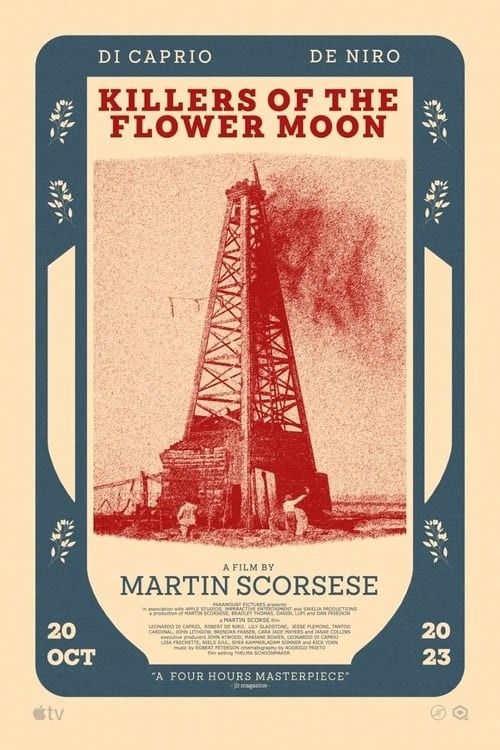
Killers of the Flower Moon
Killers of the Flower Moon tells a vivid story of a tragic and violent time, though it is not a balanced telling of the 1920s Osage murders, the lead performances are worthy of praise.
- Performances are fantastic, with Lily Gladstone standing out the most as Mollie Burkhart.
- The runtime is long but it is earned due to the magnitude of the story.
- The story does not cover the Osage point of view and focuses too much on Ernest.
- The glorification of the federal government contradicts the fact that they are part of the problem.
Killers of the Flower Moon is now available to stream on Apple TV+ in the U.S.

